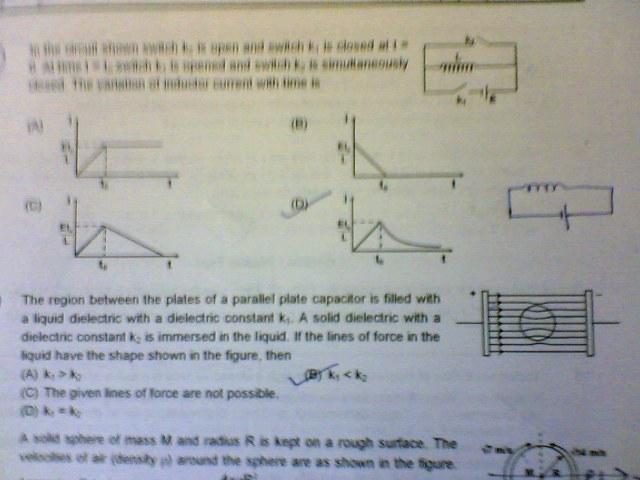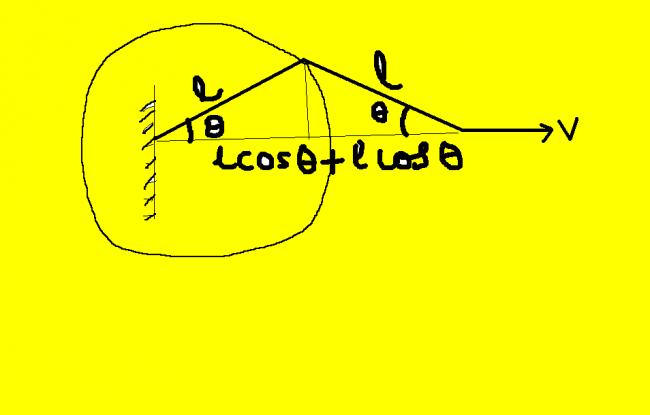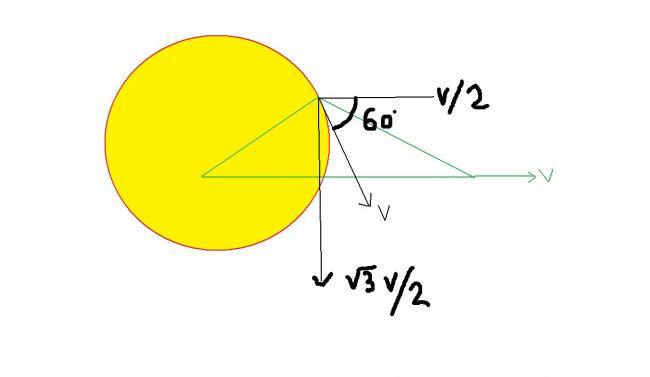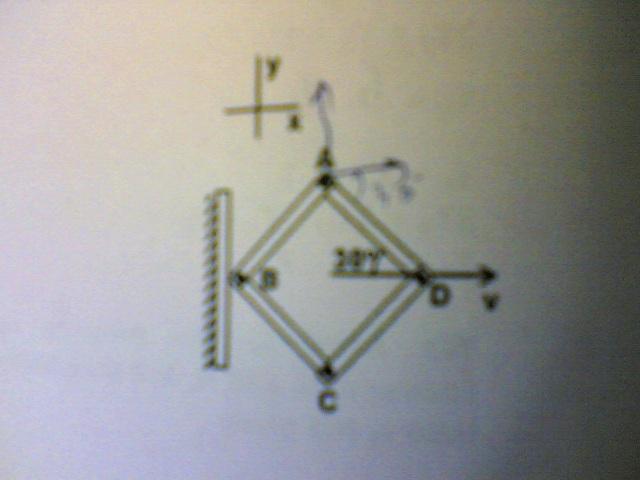for dielectric quest i feeel abhi is spot on!!!
"the medium with lesser dielectric constant will have greater no. of lines of force passing through it."
take eg. of metal sheets n u'll realise....
kmetal = ∞...... and u know dat they are insulators so zero lines of force




